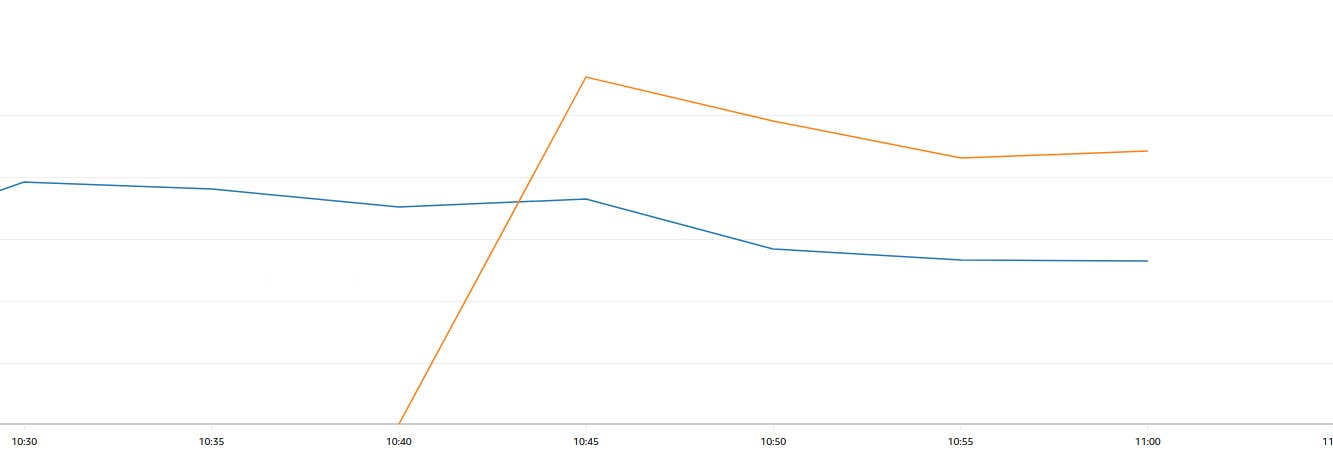- Newest
- Most votes
- Most comments
Hello sbrattla,
I understand that you want to know why you are seeing traffic related metrics for Service Connect when you do not expect any traffic.
As per AWS ECS documentation, "Amazon ECS configures the task and containers so that applications only connect to the proxy if the application is connecting to the endpoint names in the same namespace. All other traffic doesn't use the proxy. The other traffic includes IP addresses in the same VPC, AWS service endpoints, and external traffic." [1]
If any of the containers expose and listen on a port for network traffic, choose a client-server service. These applications don't need to connect to other client-server services in the same namespace, but the client configuration is configured. A backend, middleware, business tier, or most microservices would use this type of Service Connect configuration. If you want a frontend, reverse proxy, or load balancer application to receive traffic from other services configured with Service Connect in the same namespace, these services should use this type of Service Connect configuration. [2].
[1] Service Connect concepts - Service Connect proxy - https://docs.aws.amazon.com/AmazonECS/latest/developerguide/service-connect-concepts.html#service-connect-concepts-proxy [2] Service Connect concepts - Service Connect terminology - https://docs.aws.amazon.com/AmazonECS/latest/developerguide/service-connect-concepts.html#service-connect-concepts-terms
Relevant content
- asked 10 months ago
- Accepted Answerasked 7 months ago
 AWS OFFICIALUpdated 2 years ago
AWS OFFICIALUpdated 2 years ago AWS OFFICIALUpdated 2 years ago
AWS OFFICIALUpdated 2 years ago AWS OFFICIALUpdated a year ago
AWS OFFICIALUpdated a year ago
